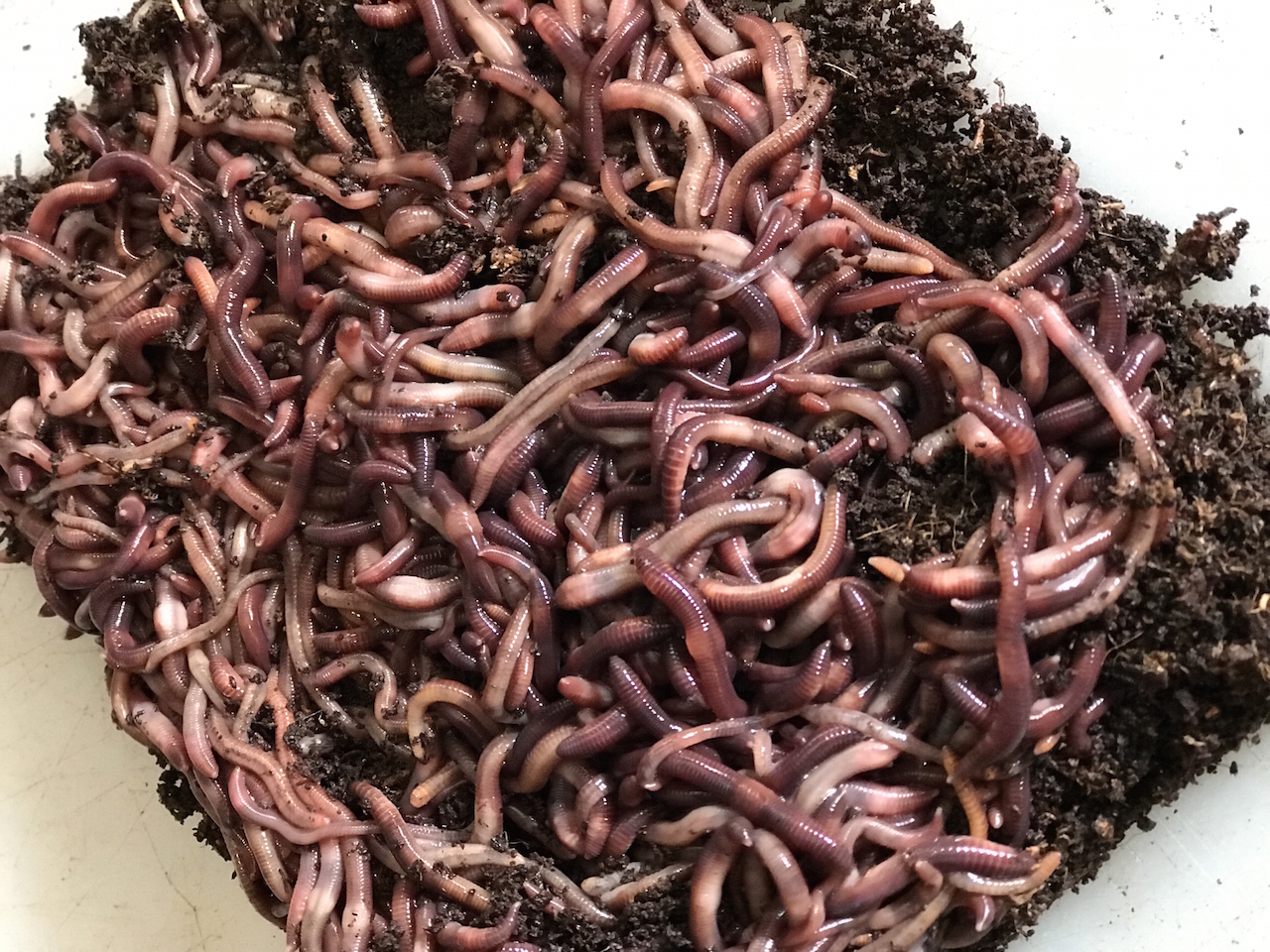Enhance Your Fishing Success with Red Wiggler Express Supplies
Enhance Your Fishing Success with Red Wiggler Express Supplies
Blog Article
Unlock the Keys of Red Wigglers: Your Guide to Composting Success
The combination of red wigglers right into composting practices presents a significant chance for boosting dirt wellness and promoting sustainability. Comprehending their requirements and habits is important for enhancing their capacity, from establishing up a suitable worm container to feeding them the appropriate products.

What Are Red Wigglers?
(Red Wiggler Express)Red wigglers, clinically referred to as Eisenia fetida, are a types of earthworm largely made use of in composting as a result of their amazing capacity to break down natural matter successfully. These worms are identified by their reddish-brown pigmentation and a fractional body, commonly determining between 3 to 4 inches in length. Unlike other earthworm species, red wigglers grow in rich, natural environments, making them optimal for vermicomposting systems.
Belonging To The United States And copyright, they are usually discovered in rotting leaves and compost piles, where they play an important role in nutrient recycling. Their adaptation to residing in a wet, cardiovascular setting enables them to take in huge quantities of natural waste, damaging it down into nutrient-rich castings that improve soil wellness.
Red wigglers duplicate rapidly, with a single worm qualified of producing numerous cocoons every week, each including numerous hatchlings. This quick reproduction price adds to their performance in composting procedures. They favor temperature levels between 60 ° F and 80 ° F, and their task level raises dramatically within this array, additional aiding in the decomposition process. Comprehending the biology and behavior of red wigglers is essential for optimizing their capacity in composting applications.
Benefits of Utilizing Red Wigglers
Utilizing the power of red wigglers in composting uses various advantages that boost dirt health and wellness and promote sustainable waste management. These remarkable organisms efficiently damage down organic issue, transforming kitchen scraps and backyard waste into nutrient-rich vermicompost. This completed product is extremely helpful for plant development, as it improves dirt structure, boosts wetness retention, and enhances nutrient accessibility.

(Lake Rhodhiss Bait)Furthermore, the existence of red wigglers in your composting system can speed up the composting process, creating top quality compost in a portion of the time contrasted to conventional approaches. The spreadings produced by these worms are likewise bursting with important link advantageous microbes that further enrich the dirt ecosystem.
Establishing Your Worm Container
Creating an effective worm bin is a straightforward procedure that can dramatically enhance your composting efforts. Worm containers can be made from plastic storage containers, wooden boxes, or commercially available worm bins.
Following, prepare the bed linens material, which offers as the worms' habitat. A mix of shredded newspaper, cardboard, and coconut coir works well, giving a comfy environment for the worms.

Feeding Your Red Wigglers
To ensure the health and wellness and performance of your red wigglers, it is important to give them with a balanced diet regimen that fulfills their dietary demands. Red wigglers prosper on a diverse variety of organic products, which not just supply essential nutrients however likewise advertise effective composting.
Beginning by integrating kitchen scraps such as vegetable peels, fruit cores, and coffee grounds. Stay clear of citrus fruits, onions, and garlic, as these can be destructive to worm wellness. Additionally, present shredded paper, cardboard, and dry leaves to develop a well-aerated atmosphere.
Feeding regularity need to be checked; normally, worms can take in half their body weight in food weekly. It is critical to prevent overfeeding, as excess food can lead to undesirable smells and attract insects. A great technique is to add food in percentages, allowing worms to process it before presenting a lot more.
Preserving dampness levels is also important; the bedding needs to be wet however not soggy. Lastly, be sure to regularly inspect the temperature level and pH degrees of the bin to ensure an optimum atmosphere for your red wigglers, eventually improving their composting efficiency.
Harvesting and Making Use Of Compost
An effective composting procedure with red wigglers finishes in the rich, dark compost called vermicompost, which can considerably boost dirt health and plant development. Gathering this nutrient-dense material generally occurs every 3 to six months, depending on the dimension of your system and the amount of raw material being processed.
To harvest, carefully separate the garden compost from the worms and any undecomposed materials. One reliable technique involves moving the materials of the bin away and including fresh bedding and food to the void, encouraging the worms to move. After a few days, the garden compost can be gathered from the opposite side.
It is essential to utilize vermicompost correctly to maximize its benefits. It can be utilized as a leading dressing for garden beds, mixed into potting soil, or brewed into a nutrient-rich liquid fertilizer understood as "worm tea." This application approach assists to deliver vital nutrients straight to plant roots, promoting much healthier development. By including vermicompost into your gardening regimen, you not only recycle natural waste however additionally develop a successful environment that sustains lasting gardening techniques.
Final Thought
In summary, red wigglers serve as exceptional allies in composting initiatives, transforming organic waste right into nutrient-rich vermicompost. By understanding the optimal problems for their habitat, feeding requirements, and compost harvesting methods, gardeners can enhance soil health and wellness and promote plant vitality.
Report this page